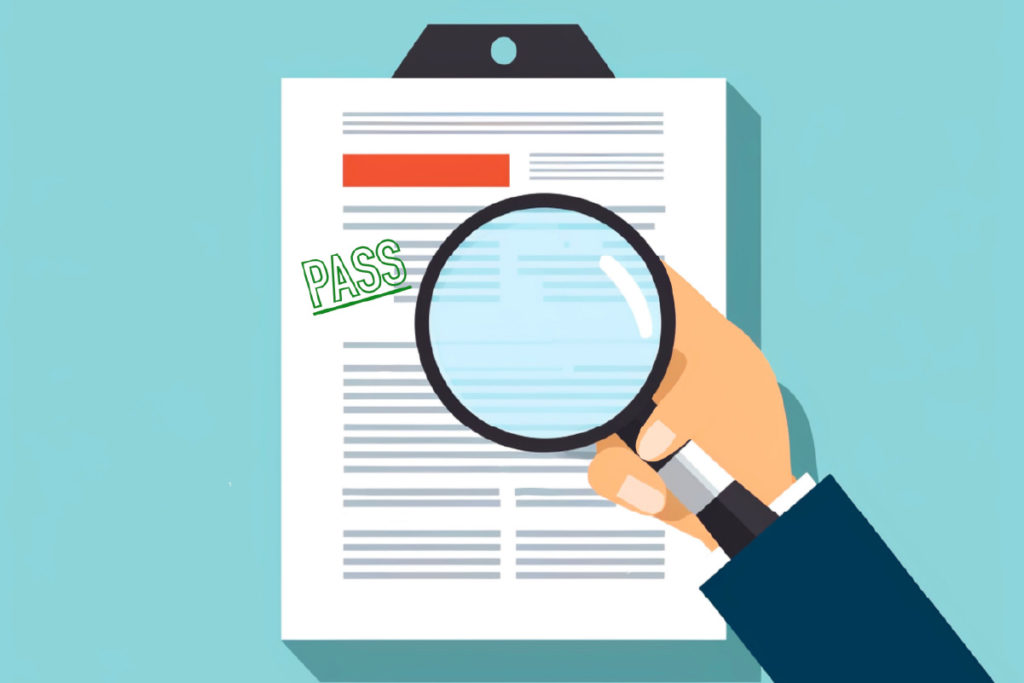First step as a talent agent is connecting with the hiring manager to review the job description in detail. I pepper the employer with questions to get a better sense of the job, the team and its dynamics, and the work culture. This helps solidify what I am looking for. All recruiters and hiring managers have their own personal approach, but here is a glimpse into how I generally read your resume
Firstly, the employer always has prerequisites, as well as a list of candidate attributes and skills that are “nice to have”. For a candidate to be put forward, it is mandatory that they have the required qualifications as outlined in the jd. The rest is subjectiv
It is true that I am glancing quickly and speeding through it on the first pass. Current title, employer, how long you’ve been in your current role, etc.. If I am headhunting, and you’ve been in the role less than a year, I will pass. However, if you’ve applied, and you’ve been in your current role for less than a year, it is a yellow flag and I will have questions, but it’s not over yet.
Next, I quickly scan previous roles, work progression, length of employment, and check to see if you have the years of experience the employer is looking for. I will scan your skills summary and look to see if you have the key skills required, as well as evaluate your overall fit based on what you chose to include.
Once I have done my first overview, I will go back to the top of your resume and read your professional profile. Is it well written and articulate? What information and energy am I getting?
Following that, I will review your work history descriptions, looking for action words, achievements, and perspective. And, lastly, I scan your education and certifications.
Your resume and LinkedIn profile are tools to showcase your experience, skills, and suitability to a recruiter or hiring manager. This is your shot at getting your foot in the door. Understanding how your resume gets reviewed sets you up better to optimize the format you use and the content within. And don’t forget to make sure that your resume and LinkedIn match.
I hope this was helpful. Have any questions? Pop into the comments and let me know.
Next up, you may want to read resume do’s and dont’s.


